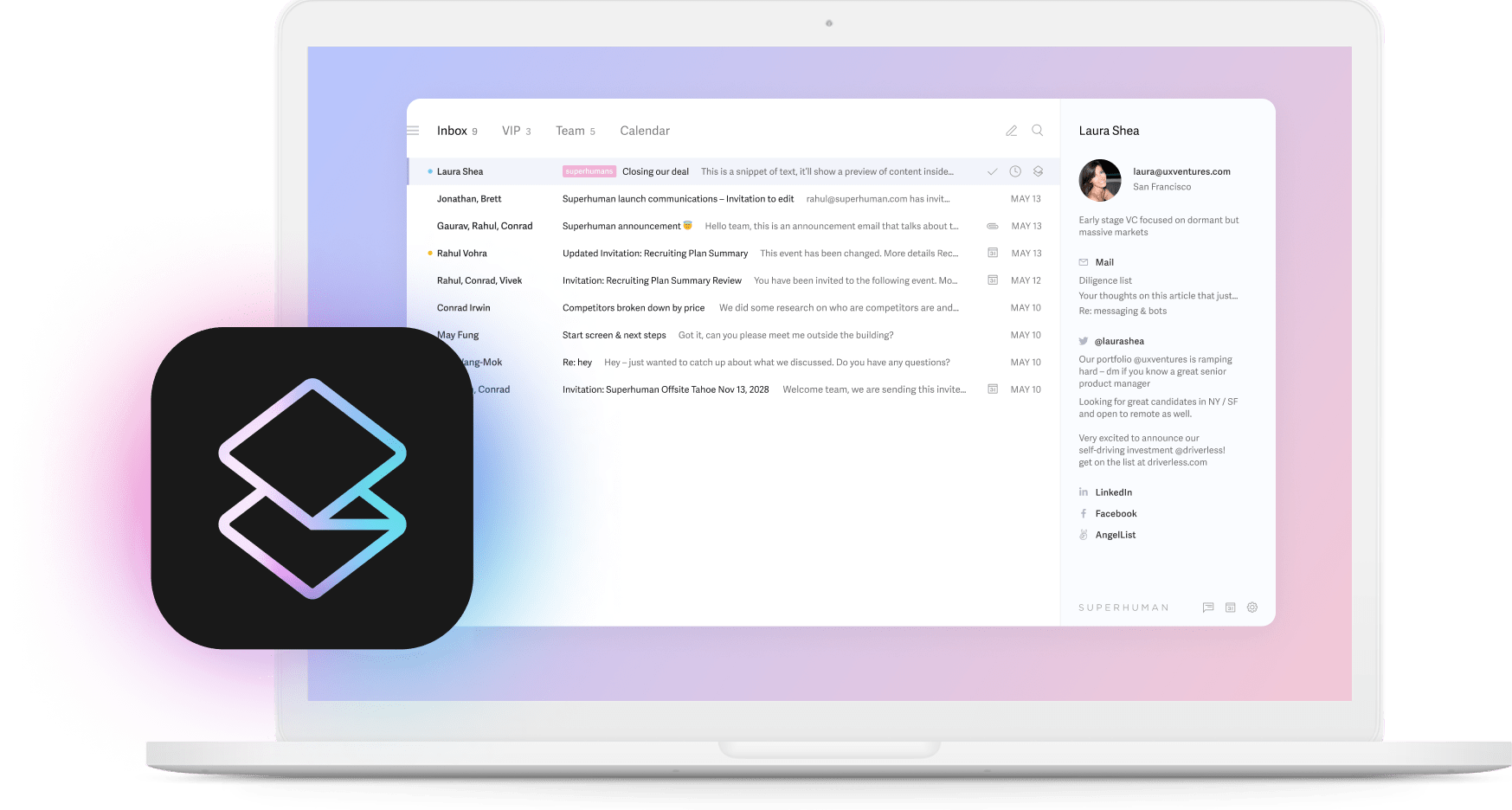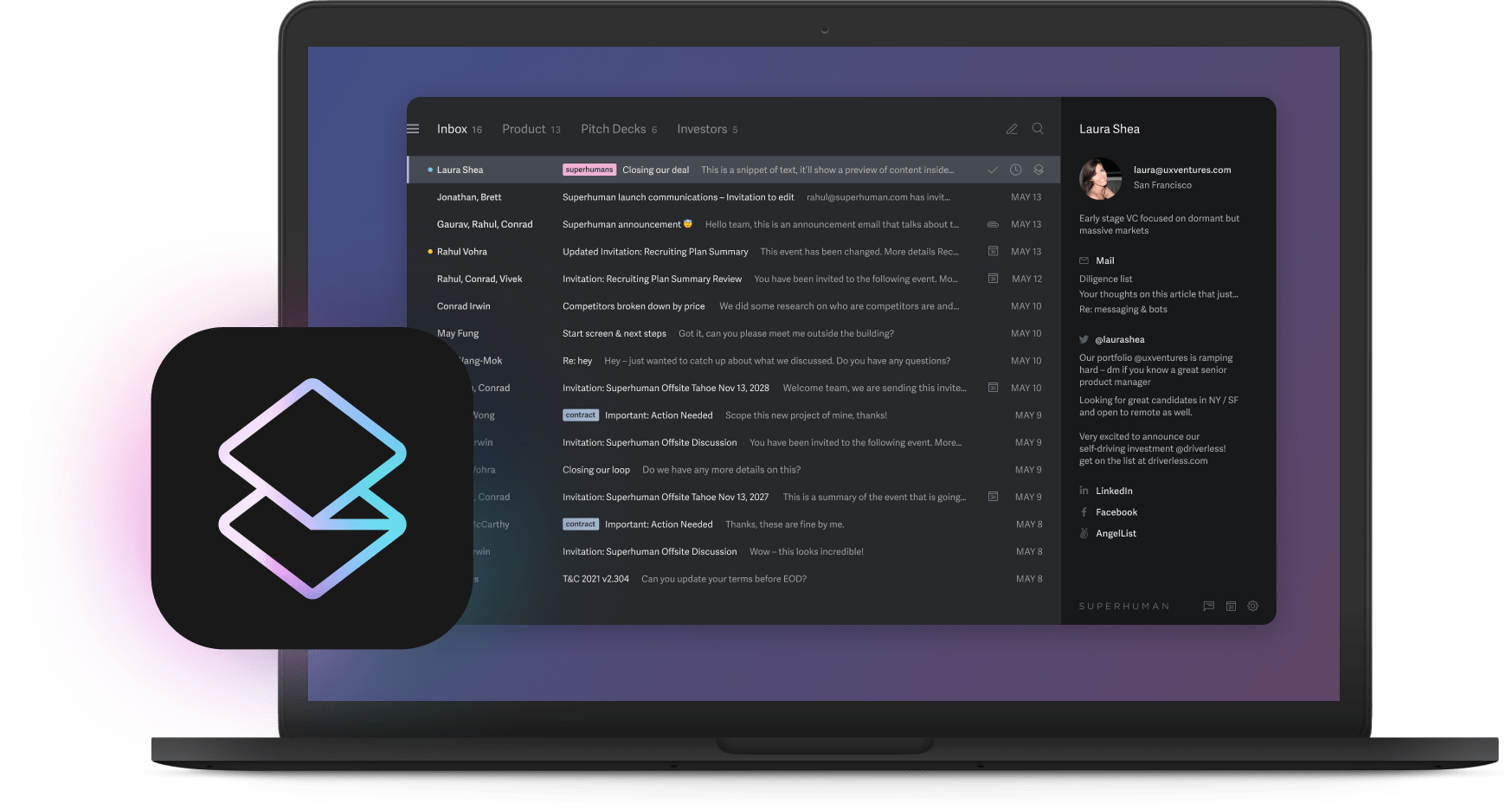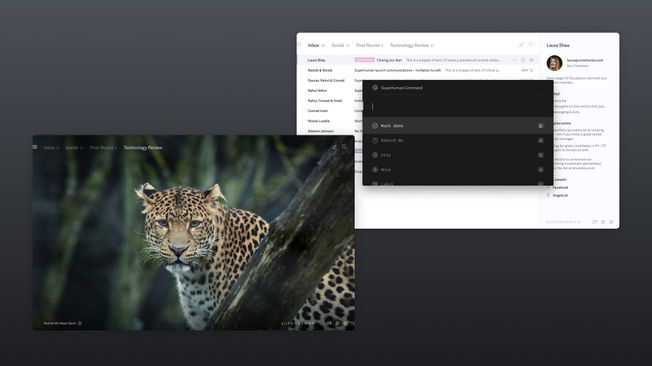
Your inbox overflows with AI vendor pitches while quota attainment keeps slipping. Leaders at high-growth companies juggle dozens of AI tools, yet revenue barely moves. We see teams spending millions on overlapping platforms that still miss their numbers.
The problem comes down to focus, not ambition. While companies rush to adopt AI, only 1% of executives describe their AI rollouts as mature. Most of that spend sits idle. Tool sprawl fragments data, slows decisions, and forces teams to babysit dashboards instead of closing deals.
This takes a contrarian stance. Instead of layering on more apps, you need only three AI capabilities to move revenue: behavioral buyer-intent detection, generative personalization, and real-time competitive intelligence. Streamlining around these functions cuts noise, shortens sales cycles, and puts budget back into real growth. Master them and watch deals close faster while your tech bills shrink.
The AI vendor stampede is killing your revenue
Picture your RevOps dashboard littered with icons from dozens of different AI apps. Each one promises pipeline magic, yet the quarter closes and revenue barely moves. Most go-to-market tools push more calls, more emails, more dashboards. They reward activity volume, not deal velocity, leaving your team busy instead of effective.
We see this pattern repeatedly. Companies pour budget into AI solutions, yet end up with a swollen stack that misses quota. The disconnect between investment and results is staggering. One path leads to teams with dozens of tools finishing below target. Another path sees teams with three focused AI capabilities beating plan consistently. Same market, wildly different outcomes.
The difference comes down to selection criteria. Successful teams choose tools that accelerate real buyer intent, craft human-sounding outreach, and surface live competitive insight. Everything else drains budget and clutters workflows. The predictive scores built on firmographics, generic coaching bots, and activity trackers create noise without value.
While 87% believe AI at work is necessary to maintain competitive advantage, the gap between ambition and execution explains why so many flashy dashboards lead to flat numbers. Most companies haven't figured out how to translate AI adoption into actual results.
If your stack feels like a garage sale of overlapping logos, you're not alone. The fix is ruthless simplification. Keep the three AI capabilities that move deals forward and retire the rest. Fewer tools, faster cycles, real revenue.
Strategy #1: Behavioral buyer-intent AI finds real prospects, not personas
A job title and company size no longer tell you who will buy. The modern buyer signs up for a trial at 11 p.m., binge-reads three product docs, and vanishes until pricing feels right. If you still gate progress behind a demographic MQL, you miss that deal.
Behavioral buyer-intent AI flips the model. Instead of scoring leads on firmographics, it watches real signals like product-usage spikes, repeated pricing page visits, competitor comparisons, and sudden teammate signups. These behaviors reveal actual buying intent, not theoretical fit.
Think about the ripple effect. When a rep notices an account revisiting key documentation multiple times in a morning, calling within ten minutes captures momentum. That urgency, scaled across a team, transforms pipeline velocity.
Industry-leading companies are three times more likely to report significant productivity gains from AI. This makes sense because behavioral signals cut through the noise of traditional scoring. Teams see real engagement patterns, not just company attributes.
The implementation follows straightforward steps. First, centralize first-party data by pulling product events, website activity, email engagement, and support tickets into one store. Add third-party intent feeds only when their precision meets your quality standards, as more noise will slow reps. Then auto-route every intent-qualified lead to an owner within five minutes, because speed shows you're listening.
Watch two metrics above all: the number of intent-qualified opportunities you create each week and the deal velocity from first touch to closed won. Both should trend up within a single sales cycle. Teams using Split Inbox automatically surface high-intent messages from prospects actively evaluating solutions, helping reps prioritize the accounts most likely to convert. The system learns which senders matter most based on past conversion patterns, pushing qualified leads to the top of your inbox without manual sorting.
Common pitfalls
Buyer-intent AI fails when teams treat basic firmographics as intent. A senior title at a target account means nothing if that contact never interacts with your brand. The same caution applies to intent lists with poor accuracy, which clog your CRM instead of sharpening it.
Fragmented systems create another trap. When data silos block AI from building a full customer view, predictions wobble. Siloed teams worsen the problem when separate sales and marketing workflows push conflicting signals.
Clean data, tight integration, and rapid handoff keep behavioral intent from becoming just another score no one trusts. Nail those basics and you trade vanity MQLs for prospects already reaching for their wallets.
Strategy #2: Generative personalization AI creates outreach at scale that sounds human
Your prospects skim, delete, and unsubscribe the moment an email feels mass-produced. They expect the same relevance they get from Netflix or Spotify, and the stakes are high. Teams using AI-driven personalization see meaningful revenue lifts because their messages actually resonate.
Generative personalization AI tackles this head-on. You type a quick prompt like "follow up on yesterday's demo, reference their hiring spree" and the system drafts a full email that sounds like you wrote it. How? It studies your past messages to learn your voice for different audiences. CFOs hear crisp numbers while product leaders get visionary language.
Companies using personalization can reduce customer acquisition costs by up to 50 percent, lift revenues by 5 to 15 percent, and increase marketing ROI by 10 to 30 percent. These aren't marginal gains. They represent transformative improvements in marketing efficiency.
Scale becomes dangerous when teams let AI pump out boilerplate, flooding inboxes with lifeless prose. The key is pairing automation with live context. Feed the AI fresh signals by pulling in browsing behavior, social posts, and product usage so every line reflects what the buyer cares about right now. Mix structure with spontaneity using Snippets to keep pricing details and calls to action consistent, while dynamic sentences reference the prospect's latest milestone. Keep a human in the loop with a final edit in under 60 seconds to tweak nuance and confirm accuracy.
With this rhythm, you reach an entire account with relevant outreach in minutes, not hours, while protecting your reputation and brand voice. Write with AI handles the heavy lifting while you provide the final polish, learning from your sent messages to match your tone perfectly for each recipient. The system remembers successful patterns and applies them to future drafts, continuously improving personalization quality.
Measuring success
Volume metrics mask the real story. Focus on signals that prove your messages resonate: reply rate, meetings booked, and pipeline generated per 100 emails. Benchmark your current numbers and set a realistic target, such as a 15% lift in replies over 60 days.
Track both short-term wins and longer arcs like closed-won deals. Dashboards that link email performance to pipeline movement help you see whether personalization is compounding or plateauing. For long-range health, pair those dashboards with ROI markers such as average deal size and customer lifetime value.
Teams using Superhuman report responding twice as fast to emails when using AI features, which creates a compounding advantage. Faster responses lead to more engaged prospects, which leads to higher conversion rates. Measure, adjust, and let the data steer your next prompt.
Strategy #3: Real-time competitive intelligence AI wins the deal in the room
Every prospect call moves fast, yet most revenue teams still rely on static battlecards outdated before the meeting starts. When a buyer mentions a surprise competitor or asks for a price match, you can almost feel the momentum slipping away.
Real-time competitive intelligence changes everything. With 82% of companies reporting that AI boosts their productivity and efficiency, the tools exist to transform how you handle competitive situations. That surge in digital touchpoints creates the perfect data stream for real-time insight if you have the right system listening.
Modern competitive intelligence AI works while you talk. It live-transcribes every call and flags keywords tied to rivals, pricing, or product gaps. The system pushes instant prompts on your screen so you can answer objections without breaking eye contact. It captures objection patterns and routes them to product, marketing, and pricing teams within minutes.
When teams replace scattered competitive intelligence apps with one real-time platform, reps stop alt-tabbing through dashboards. The insight appears inside the meeting itself. Teams report pulling ahead of incumbent competitors on net-new deals within quarters of implementation.
The rollout process requires three focused steps. Live-transcribe every prospect conversation and set alerts for brand, feature, and pricing mentions. Deliver on-screen guidance directly in the meeting tool or by email recap within five minutes. Then feed those insights back to product and finance teams so they can tune roadmap and pricing in real time.
Those feedback loops do more than help you answer objections. They inform dynamic pricing models that suggest optimal discounts in the moment, lifting deal margins while keeping win rates high. Teams use Shared Conversations to swap winning rebuttals seconds after a call ends. Everyone on the account sees the conversation thread, adds context about competitive positioning, and suggests counters that worked in similar situations. Pair that collaboration with real-time competitive intelligence and every rep walks into the next meeting armed with the freshest data.
Cut the rest: Tools to ditch and budget to reclaim
Every extra AI app drains attention, fragments data, and eats budget that should speed deals. Most stacks balloon because teams test shiny features one project at a time, never pruning what doesn't work.
You can shed weight quickly by cutting three over-hyped categories that rarely move revenue. Predictive lead scoring built on company demographics rather than real behavior creates noise without insight. Generic conversation-coaching bots spit out canned tips that don't help in real selling situations. Activity monitoring tools track calls and emails but don't help close business.
While individual tool costs vary widely, the cumulative drain on budget and attention is substantial. Teams often discover they're spending hundreds of thousands annually on underutilized tools. Redirect that cash to the three proven capabilities and you unlock budget for deeper data integration, better onboarding, and true workflow redesign.
Only 21% of businesses have redesigned some workflows around AI. The rest bolt apps onto legacy processes and wonder why results stall. Focus spend on three high-impact areas and teams get the space to streamline handoffs, centralize data, and measure deal velocity.
This philosophy drives intentional platform design. Trade tool sprawl for focus and you'll see lighter workflows, clearer insights, and a budget finally aligned with revenue growth. Companies using focused AI strategies save significant time per person, time that goes directly back into selling.
Your 30-day audit and action plan
You can cut tool sprawl and boost deal velocity in a single month. This plan helps you join the minority of businesses that rebuilt workflows around AI-native systems instead of adding apps to old habits.
Week 1: Inventory and cost clarity Create a simple sheet with columns for tool name, contract value, renewal date, and the customer problem it solves. Add one more column for adoption rate so you spot unused apps quickly. Most teams discover multiple under-used apps that drain budget without touching revenue. Customers using AI features save 37% more time than those who don't, highlighting the importance of actual tool usage versus just having access.
Week 2: Map to the three outcomes For every line item, ask one question: does it sharpen buyer intent signals, personalize outreach, or surface live competitive insights? If not, mark it for removal. This focus eliminates the random projects that clog tech stacks without moving pipeline. Auto Summarize helps you quickly assess which tools are mentioned most in team feedback and support tickets, revealing what your team actually values versus what sits unused.
Week 3: Run 14-day pilots Shortlist the keepers and test them side-by-side. Track three metrics from day one: intent-qualified opportunities created, personalized reply rate, and win rate versus named competitors. Tight, time-boxed tests reveal ROI faster than broad deployments. Teams using Instant Reply see response times drop dramatically during pilot periods, with suggested responses appearing right in the inbox for one-click sending.
Week 4: Build outcome dashboards Create a live board that shows deal velocity, reply rate, and competitive win rate. Add a savings counter that tracks contracts you cancelled. Teams typically free up substantial budget that can go toward tools that actually lift pipeline. This same approach helps teams work more efficiently, so you always know whether a tool speeds deals or slows you down.
Finish the month with a trimmed stack, clear metrics, and a measurement culture ready for the AI-powered future.
Metrics that actually matter
Marketing Qualified Leads look impressive on dashboards, but they don't predict revenue. Replace them with intent-qualified opportunities that signal buying momentum. Companies focusing on predictive insights see meaningful revenue improvements because they focus on deal progression, not MQL volume.
The four metrics that move the needle are time to first touch (minutes between an intent signal and your response), personalized reply rate (how often prospects respond to AI-tailored messages), competitive win rate (closed deals against named competitors), and revenue per rep. That last one captures deal size and cycle length in one number, showing whether AI makes each seller more effective.
Velocity metrics tie directly to cash flow. Volume metrics just inflate effort without boosting earnings. The rule is simple: measure performance by revenue impact, not activity counts.
Advanced teams redirect saved hours into more conversations and faster closes. Superhuman users send and respond to 72% more emails per hour, translating directly into more touchpoints and opportunities. Track those productivity gains alongside the four velocity metrics above for a complete picture of AI impact.
When you measure what matters, MQL noise disappears. You see deal speed, competitive strength, and the revenue your AI-native GTM engine produces.
The path forward
Three AI-native plays beat a bloated stack of dozens of point tools every time. When you trim your tech to behavioral buyer-intent AI, generative personalization AI, and real-time competitive intelligence AI, deals move faster and revenue grows without adding headcount.
Behavioral intent models help sales teams identify accounts ready to buy. Generative personalization turns cold outreach into warm conversations that convert. Real-time competitive intelligence keeps reps sharp as digital interactions dominate the sales process. Together, these three capabilities transform how modern sales teams operate.
Leading companies see real results when they focus on specific, high-impact use cases rather than trying to implement everything at once. The difference between winners and losers isn't the number of AI tools deployed, but the precision with which they're selected and integrated.
Tomorrow morning, open a spreadsheet and ruthlessly audit every tool. Keep only what drives intent detection, personal outreach, or live competitive insight. Redirect the reclaimed budget into these three engines. Your pipeline will thank you, and your team will move as fast as those who save hours per person every week. The companies winning with AI aren't the ones with the most tools. They're the ones with the right tools, properly integrated, and ruthlessly focused on revenue.





